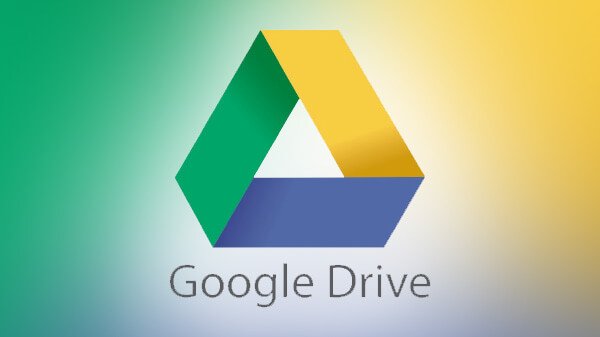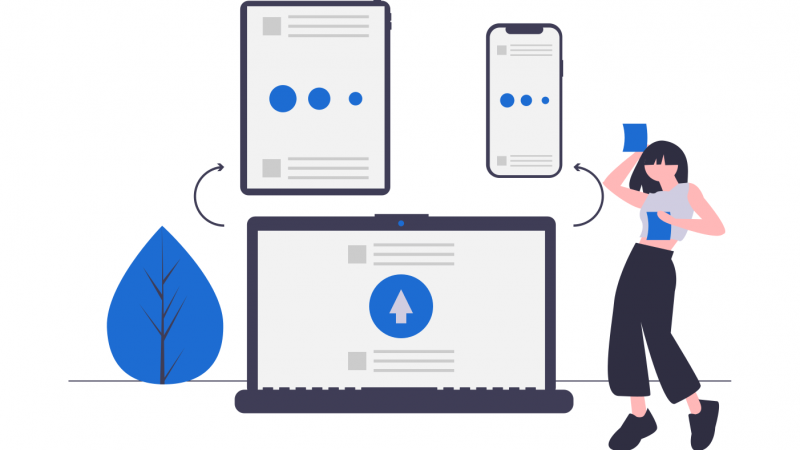Cross-Platform App Development With Flutter – When to Consider?

If you’ve been developing mobile apps, you’ve probably wondered when to consider Flutter for your project. The platform is one of the fastest-growing frameworks available, and it’s backed by Google, ensuring excellent documentation and continued evolution. Flutter offers many advantages over native development, including great performance, a large community of developers, and a well-architected codebase. Flutter apps are easy to maintain and can help you bridge the gap between native and cross-platform app development.
While it’s possible to develop cross-platform apps using Flutter, you must make sure that your app is truly cross-platform. Using the same codebase for both iOS and Android apps limits the amount of functionality you can include. Flutter doesn’t support many heavy platform features, like game development, but it does support many services and languages. With Flutter, you can use the same source code for both platforms, eliminating the need to write separate code for each platform.
Flutter requires software-development best practices, and a developer’s skills vary. Source code can be intimidating, particularly if your app contains many widgets. One block of Flutter source code can be hundreds of lines. To manipulate the widgets in your app, you’ll need to use an Android Studio-based design tool. However, it is crucial to run your app on an emulator or smartphone before moving on to the next step.
While cross-platform apps are easy to maintain, it’s still important to remember that they’re slower than their native counterparts. Besides being slower than their native counterparts, cross-platform apps may have problems using certain smartphone features, such as a microphone or camera. If you need to use geolocation, you may also encounter issues. You should also remember that the Flutter team can be much more responsive to user input and feedback.
When to consider Flutter for cross-platform app development
While Flutter doesn’t have a production-level programming language, it’s a promising alternative to Swift and Android. Released only three years ago, Flutter has a large community and has attracted more than two million developers. Flutter also benefits from being created by Google, one of the four largest tech companies. This means that it will be supported far better than other frameworks in terms of upkeep.
The Flutter framework can reduce the time it takes to build and maintain apps. Flutter compiled Dart code into native code and does not require recompilation, reducing development time by up to 30%. Flutter also has stateful hot reload capabilities, which allows developers to see changes in real time, reducing time-to-market. This feature can also make it easier to test and fix bugs, reducing the overall time-to-market for an app.
Why should I consider cross-platform app development? Because it makes it easier to customize applications. Developing apps for multiple platforms from one code base will speed up development and saves time in testing. Additionally, Flutter supports more platforms than any other framework. It’s easy to maintain, and it’s a good option if your goal is to target as many users as possible.






